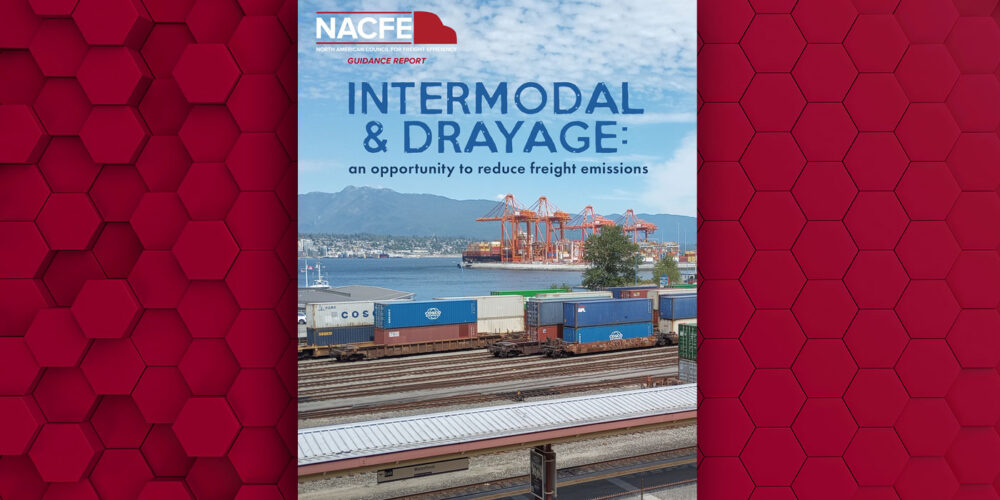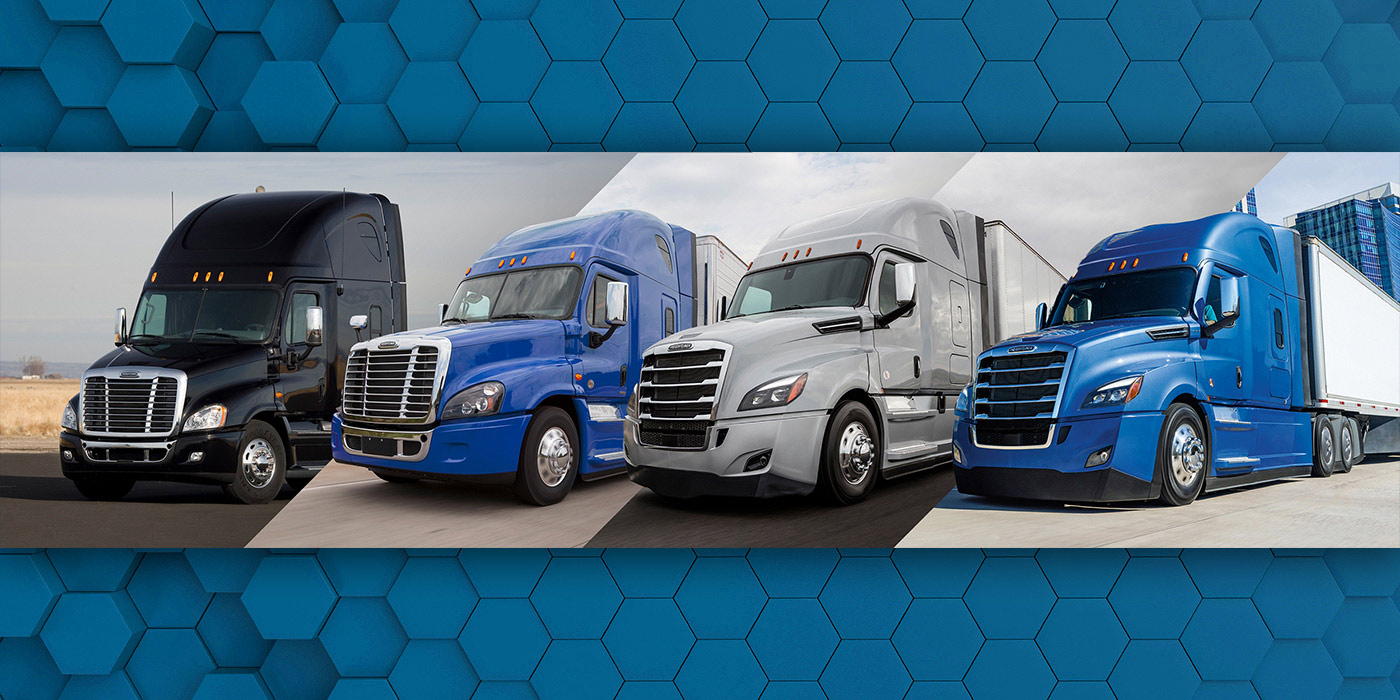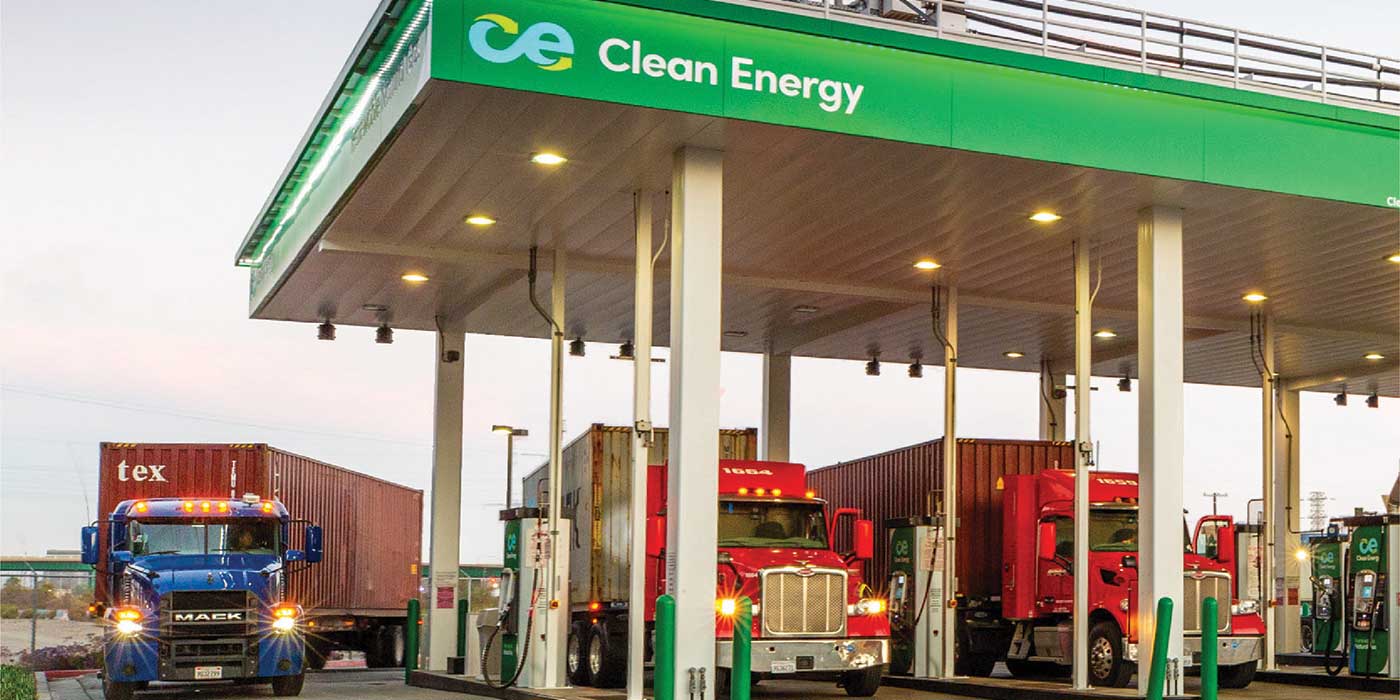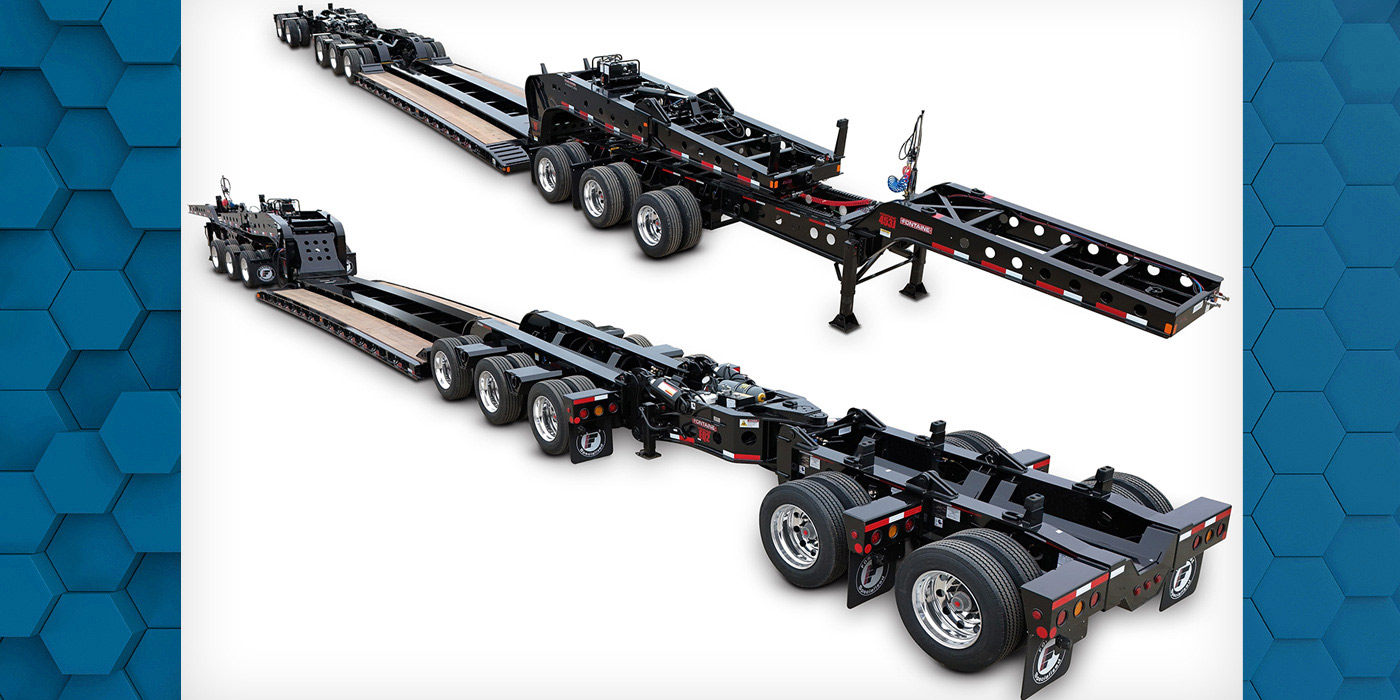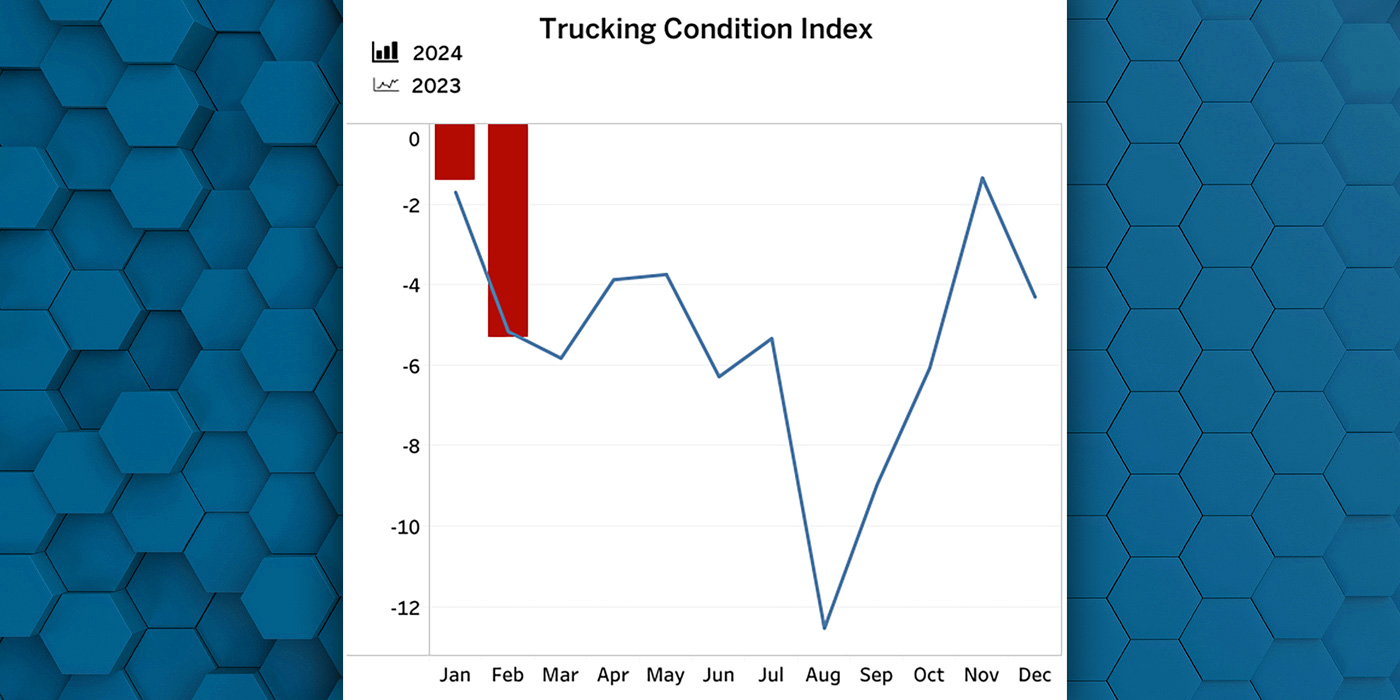A new report from the North American Council for Freight Efficiency (NACFE) found that there are opportunities to reduce freight-related emissions in the intermodal shipping segment of the market.
The study team that worked on NACFE’s report, “Intermodal & Drayage: An Opportunity To Reduce Freight Emissions,” identified three key ways intermodal shipping could become a cleaner mode of transportation.
- Shift more market share from regional and long-haul trucking to intermodal rail.
- Replace traditional diesel drayage tractors with zero-emission and near-zero emission tractors.
- Replace traditional diesel terminal tractors with zero-emission and near-zero emission tractors.
“Intermodal involves using a combination of transportation methods to get goods delivered,” says Rick Mihelic, NACFE’s director of emerging technologies and the lead author of the report. “However, a partnership between truck and rail is necessary to improve and optimize freight movement and to make use of zero-emission technology.”
“This is an early market segment for electrification,” says Mike Roeth, NACFE’s executive director, “but it is more complicated and complex than it seems at first glance.”
The report concludes saying that rail and trucking are intertwined freight segments that compete and complement each other, and that intermodal rail combined with zero-emission drayage vehicles are capable in combination of reducing freight emissions versus traditional diesel long-haul trucking on specific shipping lanes.

